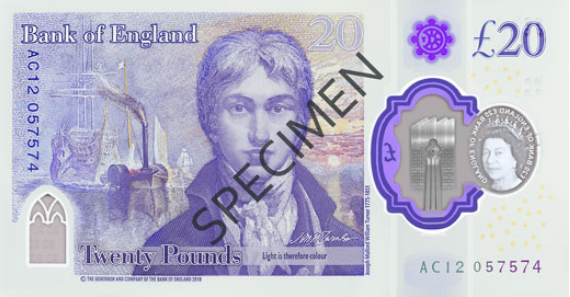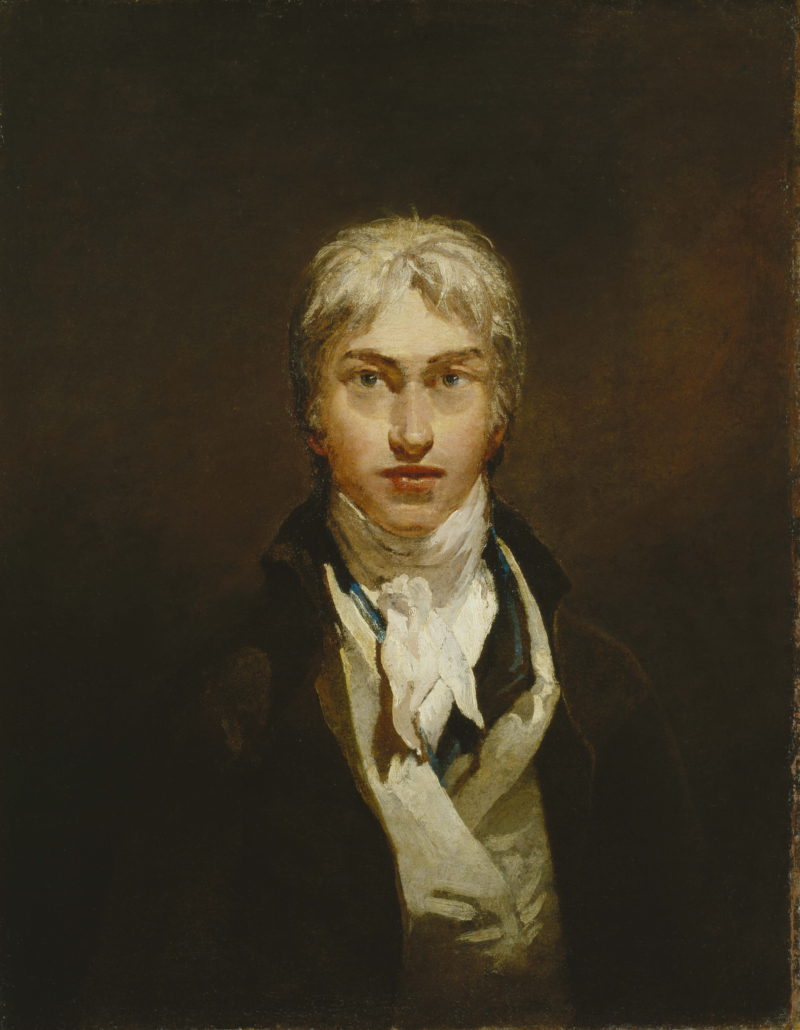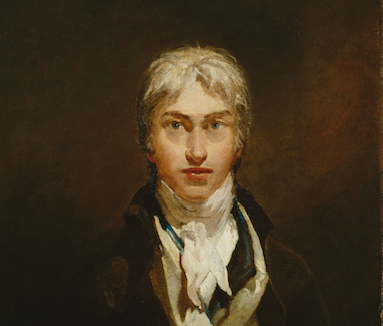
LONDON – Today, the Bank of England launched the new £20 note entering circulation at Tate Britain, the home of JMW Turner. Mark Carney, Governor of the Bank of England, joined Alex Farquharson, Director of Tate Britain, to celebrate Turner in front of the artist’s renowned self-portrait which is featured on the new note. The Bank of England has gifted one of the first notes to be printed to Tate with the date of the portrait included in the serial number. The note is now on display alongside Turner’s self-portrait.
JMW Turner was the outstanding British artist of the early 19th century and is widely regarded as the greatest British painter. Tate Britain houses the world’s largest collection of Turner’s work. It is home to the Turner Bequest, comprising 300 oil paintings and many thousands of sketches and watercolors.
The new £20 note features Turner’s self-portrait from 1799 when Turner was 24 years old. It was possibly intended to mark an important moment in his career, his election as an Associate of the Royal Academy. Despite his relative youth, Turner had already made a name for himself as an original, accomplished painter with the technical abilities of someone much more mature. He had been described in the newspapers as an artist who ‘seems thoroughly to understand the mode of adjusting and applying his various materials’ and “their effect in oil or on paper is equally sublime.”
Alex Farquharson, Director of Tate Britain, said: “We are thrilled that Turner is featured on the new £20 banknote. As one of Britain’s greatest artists – perhaps even the greatest – Turner is a key figure in the history of art. He was certainly a radical artist in his time and he continues to inspire today. At Tate Britain, we are committed to championing his legacy in our displays and exhibitions of his work as well as in celebrating today’s artists with the Turner Prize, named in Turner’s honor as a figure who was innovative and controversial in his own day.”

The note also features the National Gallery’s The Fighting Temeraire which will be on loan to Tate Britain this autumn for Turner’s Modern World (October 28, 2020–March 7, 2021). Turner lived and worked at the peak of the industrial revolution. Steam replaced sail; machine-power replaced manpower; political and social reforms transformed society. While many artists ignored these advances, this landmark exhibition will explore how Turner faced up to these new challenges and updated the language of art to produce revelatory interpretations of modern subjects.
About JMW Turner
Born in 1775, the son of a London barber, Joseph Mallord William Turner entered the Royal Academy Schools at the age of 14 in 1789 and soon emerged as a prodigy, becoming an Associate of the RA in 1799 and full Academician in 1802. Late in life he served as the RA’s Acting President. For many years he dominated their exhibitions, with works spanning landscape, history, modern life and the technologies of the steam age. He was a superlatively gifted watercolorist and a prolific designer of prints and book illustrations. He traveled widely, first visiting France and Switzerland in 1802 and returning often to Continental Europe after the Napoleonic War. Long admired, later works like The Fighting Temeraire 1839 caught the spirit of the age as no other painter could. Others were controversial and even ridiculed for their highly personal imagery, vibrant color and radical techniques, qualities that have since seemed to anticipate Impressionism, Abstraction or Expressionism.

An essentially private man who lived for his work, and died rich but had often looked poor, his character remained enigmatic while colleagues praised his “wonderful range of mind.” For many years he kept a Turner’s Gallery adjoining his London house to show his pictures, and retained 100 to leave as a permanent memorial ideally at the National Gallery. In 1856, five years after Turner’s death, these were joined by the entire contents of his house and studio to form the Turner Bequest, now mainly housed in the Clore Gallery at Tate Britain and also represented by a group of pictures (including The Fighting Temeraire) at the National Gallery.
About Turner’s Modern World
Tate Britain
Oct. 28, 2020-March 7, 2021
One of Britain’s greatest artists, J.M.W. Turner lived and worked at the peak of the industrial revolution. Steam replaced sail; machine-power replaced manpower; political and social reforms transformed society. This landmark exhibition will show how Turner updated the language of art to produce revelatory interpretations of modern subjects. It will bring together major works by Turner from around the world, including The Fighting Temeraire 1839 and Rain, Steam and Speed 1844.
Beginning in the 1790s, when Turner first observed the effects of modern life, the exhibition will follow his fascination for new industry and technology through to his famous paintings of steam boats and railway engines of the 1840s. It also looks at his engagement with the Napoleonic War and the other major political events of his lifetime, including the 1832 Reform Act and the campaign against slavery.
# # #


